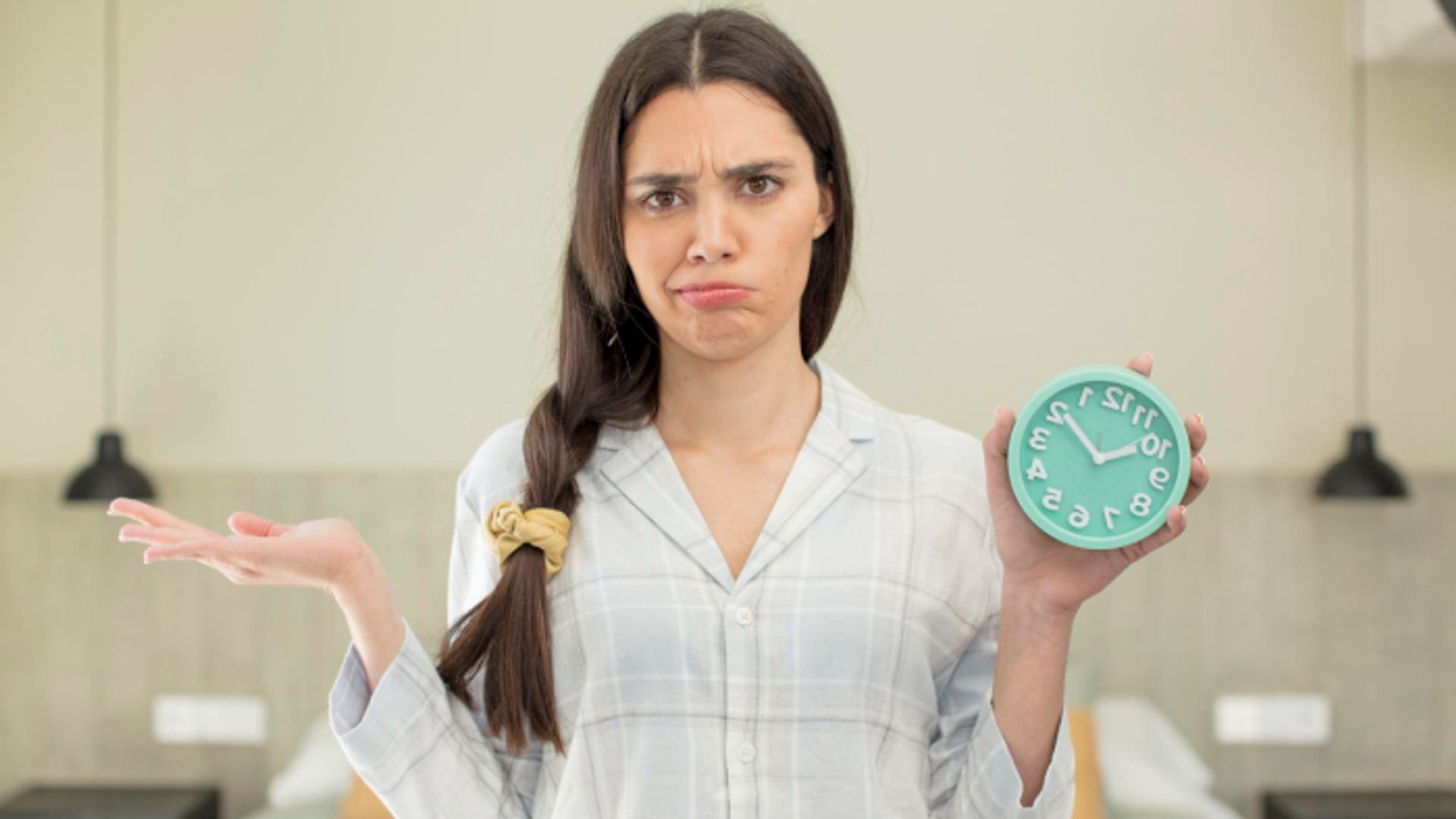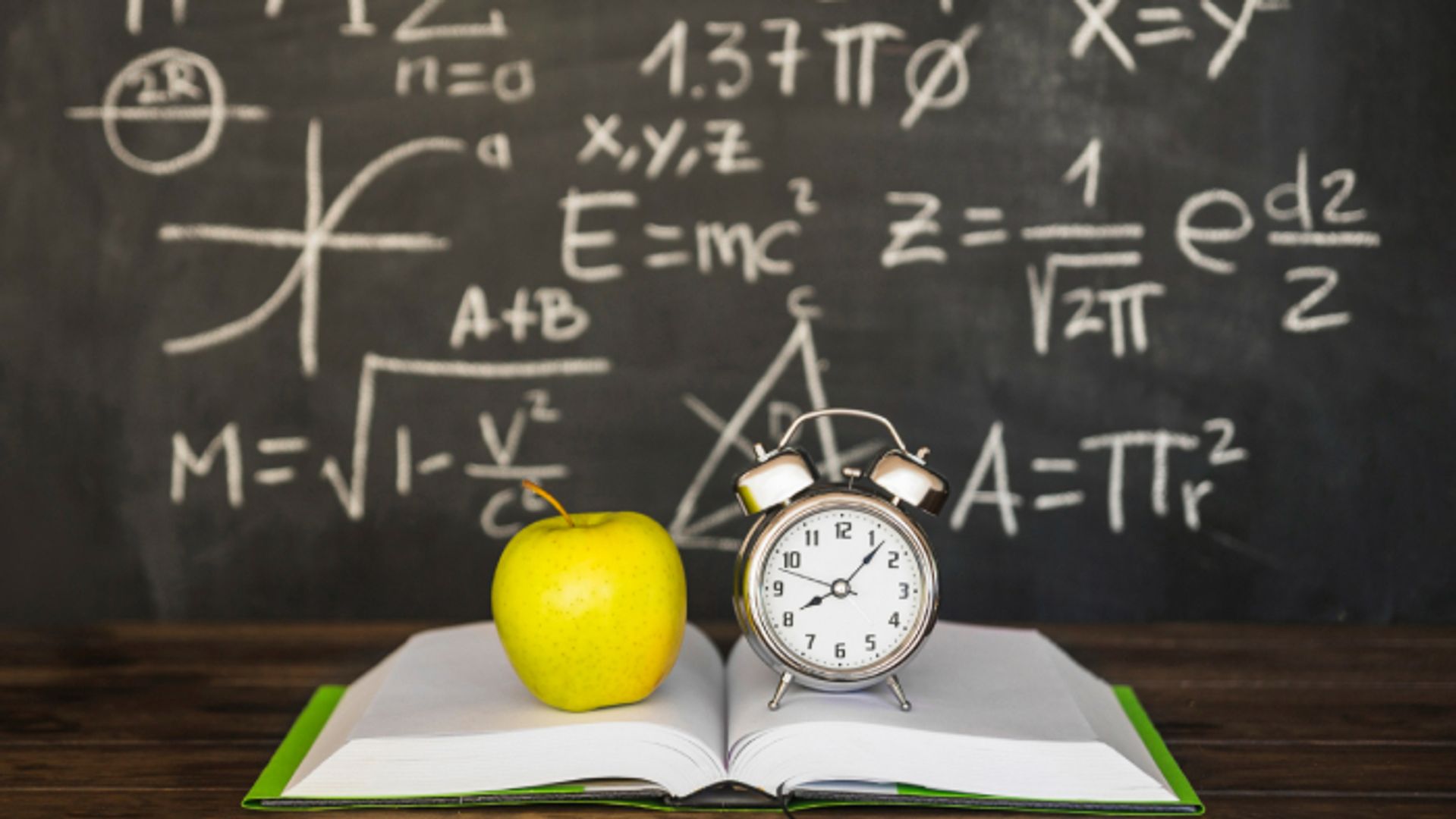Consider an analog clock with the hands set to 12. The minute and hour hands overlap, as you may observe. How many times a day do the minute and hour hands cross over? How would you know what time of day this occurs exactly?
Clocks measure time. Typically, a clock has two hands, an hour hand, and 12 numbers, ranging from 1 to 12. Problems involving clock angles relate to two distinct measurements: angles and time. From the mark of 12 clockwise, the angle is commonly expressed in degrees. Typically, time is measured using a 12-hour clock. The amount of change of the angle in degrees per minute might be taken into account when solving such situations. In a typical 12-hour analog clock, the hour hand rotates 360° in 12 hours (720 minutes), or 0.5° each minute. In 60 minutes or six degrees per minute, the minute hand completes a 360° rotation.
How Does a Clock Define an Hour?

An hour is defined as the space between two clock numerals. An hour is represented by the hour hand of a clock, which advances from one number to the next. The minute hand completes one full round of the clock from twelve to twelve because the hour hand rotates slowly.
Think about the minutes and seconds hands first.
The minute hand makes one revolution in an hour, whereas the second hand revolves 60 times. The second-hand crosses the minute hand 60 - 1 = 59 times in an hour, and the two are also parallel (with 180 degrees between them) 59 times. The two-run parallel (24*59*2 = 2832) times in 24 hours.
Now think about the hour and second hands.
The second-hand makes 60 rotations while the hour hand completes 1/12 of a revolution in an hour. In total, the second hand makes 1440 revolutions, and the hour hand makes two rotations in 24 hours (24*60). This indicates that the minute hand and second hand cross each other 1438 times in 24 hours, and they also line up another 1438 times with 180 degrees separating them. The two are parallel 2876 times in 24 hours. The second, minute and hour hands are all parallel four times in 24 hours: once when they are aligned at midnight, twice at 06:00 and 12:00:00, and once at 18:00:00.
The hour hand, the minute hand, and the second hand are the three hands that make up a clock. The minute hand is larger than the hour hand. Comparatively speaking, the second-hand goes more quickly than the other two. On a clock, the hour is indicated by the hour hand. To study the time on an analog clock, look in the direction the hands are pointing. The current hour is indicated by the most miniature hand, the current minute by the largest hand, and the current second by the thinnest hand.
Because the numbers on the dial only go up to 12, there are 24 hours a day, and the hour hand finishes two complete clock rotations. Twice, once from midnight to noon and once from midday to midnight.
Mathematically Explained

The hands line up or face opposite directions 22 times in a 12-hour period. Forty-four times a day, the hands will line up or cross throughout a 24-hour period.
The first overlap occurs after T = 12/11 hours or around 1:05 am. The minute hand would have completed two more circuits than the hour hand the second time they overlapped. We, therefore, obtain T = T/12 + N for N overlaps. Thus, a clock's hands cross each other 22 times per day.

